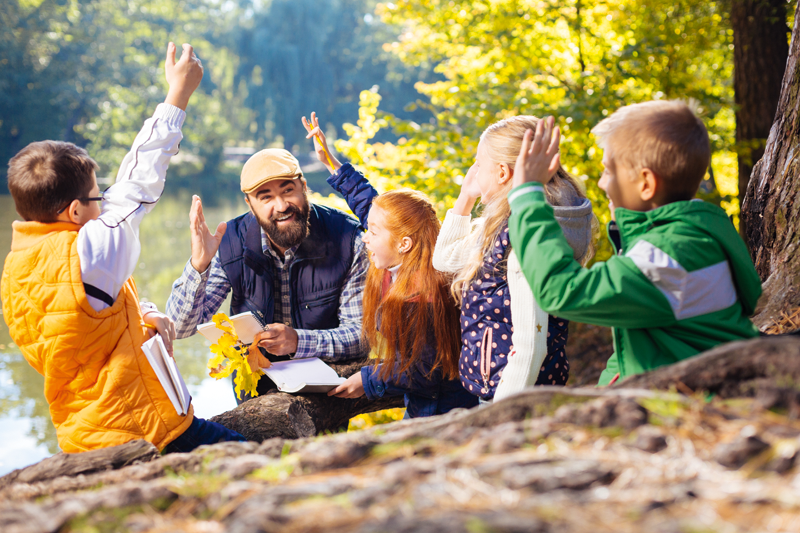
Intellectually we can see that we are all a part of nature, but we behave as if we are apart from it. Even talking about ‘the environment’ seems to separate us from the natural world as if we were outside it. This activity is inspired from the Work That Reconnects (WTR) organisation. It is designed to help our children and young people grow a sense of their ecological selves and develop compassion for all living things on this planet in the face of human destruction.
Preparation
Children and young people from Year 2 onwards can take part in this work. Most children today are aware that some animals are endangered species and some reading and discussion about this should take place to help prepare them for the activity.
Materials
The Loxax by Dr. Seuss (available as a book or animated on YouTube)
This version is good for all primary: The Lorax Read Aloud Picture Book 18 mins https://www.youtube.com/watch?v=EdWesdMfyd4
The Lorax (original) TV special also uses the original illustrations and includes singing! 25.24 mins https://www.youtube.com/watch?v=8V06ZOQuo0k
There is also a full-length film available on YouTube to buy or rent.